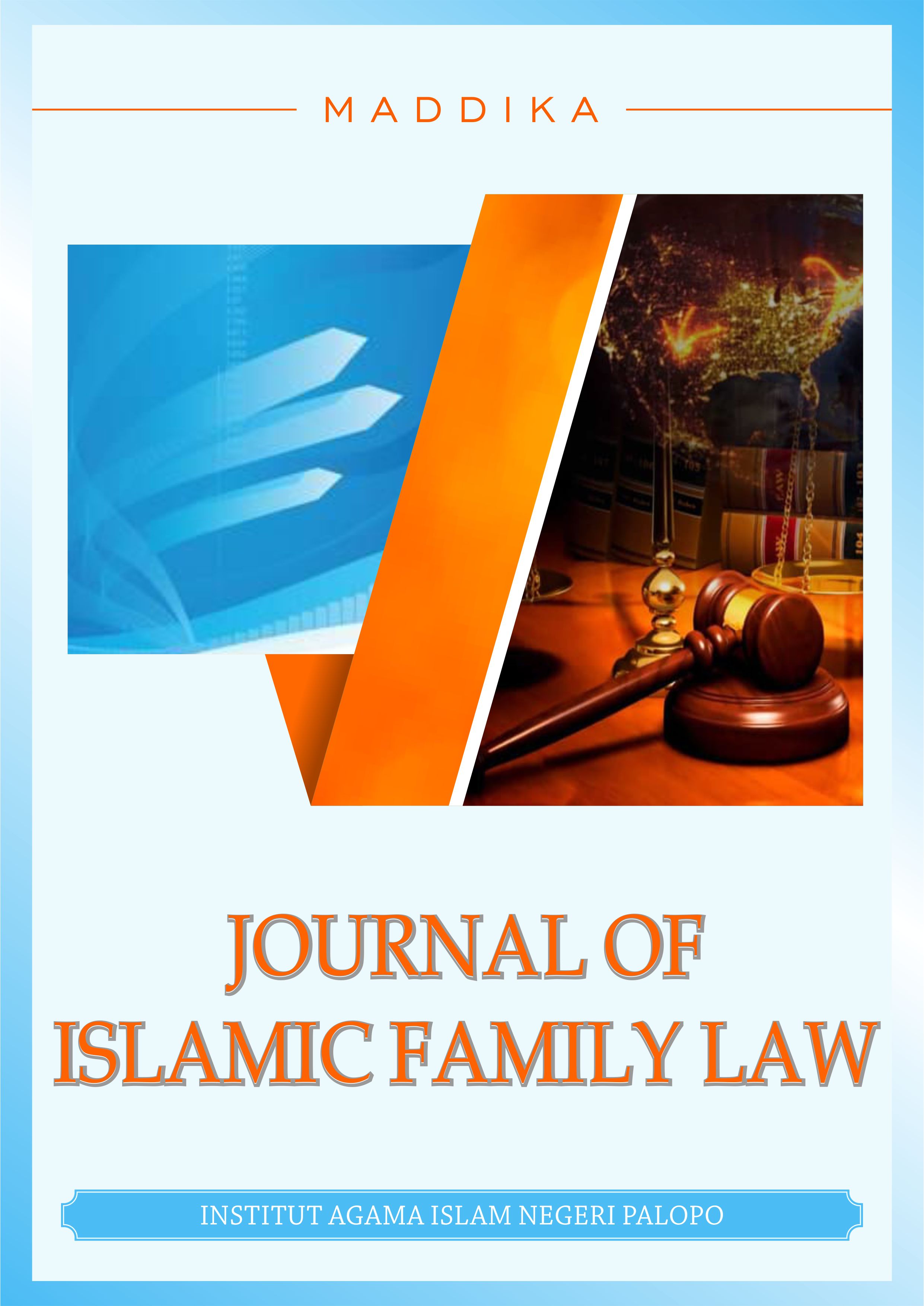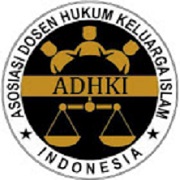TINJAUAN HUKUM ISLAM TERHADAP TRADISI MACCERA’ AQORANG PADA MASYARAKAT BUGIS STUDI DI DESA LAMPOKO
DOI:
https://doi.org/10.24256/maddika.v5i1.5478Abstract
Abstract
This study aims to analyze the Islamic legal review of the maccera' aqorang tradition in the Bugis community in Lampoko village. The research method used is qualitative research, which consists of field research and literature. The research approach consists of a sociological approach, a philosophical approach, a historical approach, and a normative theological approach. This approach is carried out through the process of investigation, collection, management, analysis, and presentation of data collected through interviews and documentation. The data analysis technique uses data reduction, data presentation, and drawing conclusions. The results of the study indicate that the community's view of the maccera' aqorang tradition is a customary process carried out by the Bugis community where the process is by slaughtering a white chicken as a paccera'. This tradition is carried out by the community when their child has completed the Qur'an or has reached a verse that is considered sacred. This tradition has been passed down from generation to generation and should not be abandoned, but if the procession contains anything that is contrary to Islamic law, it must be immediately changed or abandoned. In the last four years, there have been changes in procedures, elements that are considered negative have been eliminated, and the process no longer contains values that are contrary to Islamic law.
Keywords: Maccera’Aqorang, Bugis Tradition, Islamic Law
Downloads
Published
How to Cite
Issue
Section
Citation Check
License
Copyright (c) 2024 Ainun Mutmainnah, Suriah Pebriyani Jasmin, Hamsidar

This work is licensed under a Creative Commons Attribution-NonCommercial-ShareAlike 4.0 International License.
Authors who publish in this journal agree to the following terms:
- Authors retain copyright and grant the journal right of first publication with the work simultaneously licensed under a Creative Commons Attribution License that allows others to share the work with an acknowledgment of the work's authorship and initial publication in this journal.
- Authors can enter into separate, additional contractual arrangements for the non-exclusive distribution of the journal's published version of the work (e.g., posting it to an institutional repository or publishing it in a book), with an acknowledgment of its initial publication in this journal.
- Authors are permitted and encouraged to post their work online (e.g., in institutional repositories or on their websites) before and during the submission process, as this can result in productive exchanges and earlier and greater citations of published work.




















